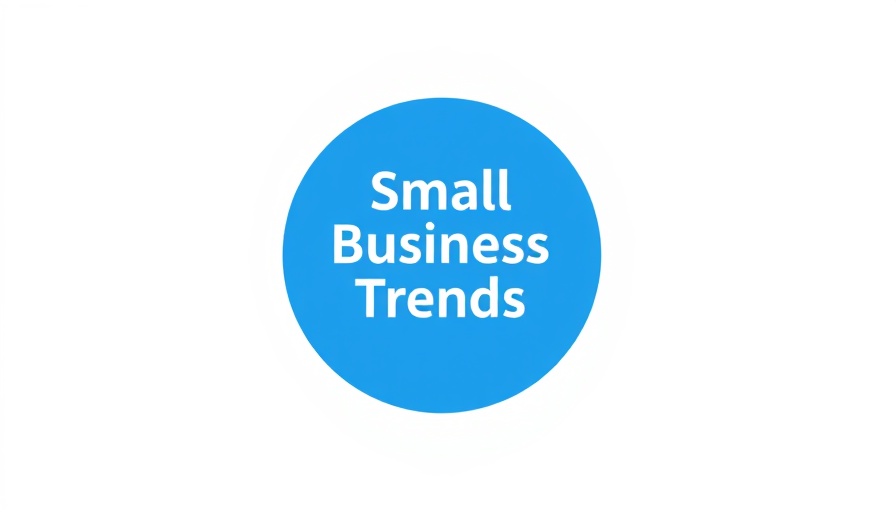
Understanding Your Worth in Today’s Tech-Driven Market
Determining how much to charge for your services can feel like a daunting task, especially within the fast-paced tech industry where innovation and competition are constant. As a technical-oriented individual, understanding your worth and the factors influencing pricing is crucial. The right pricing strategy not only reflects your expertise but also attracts the clients you want. In this piece, we’ll delve into various pricing strategies tailored to the tech community, including the impact of automation, and how to effectively communicate your value.
Pricing Strategies: An Essential Guide
Choosing the right pricing strategy involves analyzing various factors that can influence your business. This encompasses everything from your overhead costs to your customer base and the unique benefits you provide.
The Role of Cost-Based Pricing
Cost-based pricing is simply about covering your expenses while generating a profit. For a tech startup, this might mean calculating the total cost of your products or services, including development, technology expenses, and potential labor. For instance, if the total cost to develop a software solution is $10,000, and you want a 20% profit margin, you’d charge $12,000. This method can be advantageous when your costs are stable, providing a clear and straightforward approach to pricing. However, in the tech field, it may not adequately reflect the value placed on innovative solutions.
Exploring Value-Based Pricing
Value-based pricing is where you begin to truly connect with your clients. This pricing method emphasizes the perceived value of your service rather than merely your costs. Understanding your customers’ needs and how your offerings save or profit them can help justify higher pricing. For instance, if you’re providing AI marketing solutions that significantly increase your clients’ revenue, they may be willing to overlook a higher price point for the value they’ll receive. Engaging with your customers directly can yield insights into how much they value your work and help align your pricing accordingly.
Evaluating Your Skills and Expertise
Your skills are the foundation upon which your pricing strategy is built. In today’s tech landscape, where new tools and technologies are constantly evolving, staying up-to-date is essential. Assessing your qualifications and identifying your specialized skills can lead to a more justified and successful pricing model.
Industry Standards and Competitive Analysis
Analyzing the competition is another pivotal aspect. What are similar professionals charging for their services? Platforms like LinkedIn, industry forums, and tech community events can provide information on current market rates. This insight enables you to price your services competitively while also emphasizing any unique aspects of your offerings. For instance, if your service includes advanced AI video capabilities compared to standard video editing, highlighting this differentiation can justify a higher rate.
Communicating Your Price Effectively
Once you’ve settled on a pricing strategy, the next step is to communicate that price effectively. Your goal is to justify your rates by highlighting the unique benefits your services provide. Create compelling narratives around your contributions to potential clients, emphasizing the return on investment they can expect.
Building Client Trust Through Transparency
Being transparent about your pricing and the value behind it can build trust with clients. Utilize testimonials, case studies, or even documented results of your past projects to demonstrate the effectiveness and benefits of your offerings. This approach not only validates your pricing but can also ease client concerns regarding costs.
Handling Objections with Empathy
As you communicate your pricing, expect potential objections. Clients may question the costs associated with hiring you. Address these concerns with empathy and understanding, providing insights into the quality and potential impact of your services. For instance, if a client hesitates about AI implementation costs, explain the long-term savings and efficiency benefits it offers.
Future Trends in Pricing Strategies
The tech landscape continuously evolves, and so do the factors influencing pricing strategies. As technologies like AI redefine what is possible, pricing structures will adapt accordingly. Exploring emerging trends in market expectations and consumer behavior is vital for staying relevant in your pricing approach.
In conclusion, mastering your pricing strategy is not an isolated task but a series of interconnected decisions influenced by your skills, client expectations, and market conditions. By understanding your worth and applying effective pricing strategies, you can successfully navigate the complexities of the tech world while ensuring your business thrives.
If you’re eager to enhance your pricing approach even further, consider how automation and AI solutions can streamline your service offerings and improve client relationships. Consider the insights shared here as you refine your pricing strategies, ensuring they reflect your unique capabilities and the value you bring.



Write A Comment